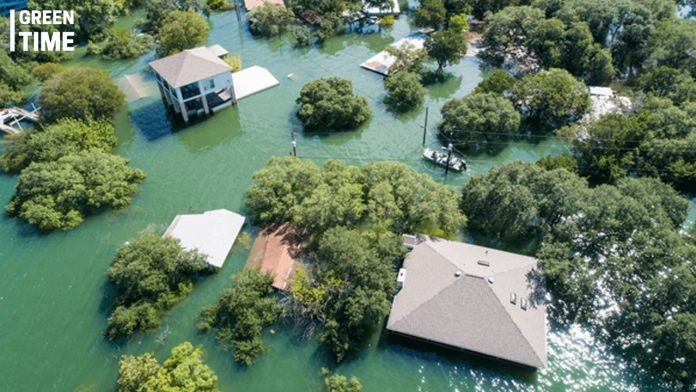In a devastating turn of events, eastern Bangladesh was hit by severe cloudbursts on 19 August, leading to unprecedented flooding across several regions. The Bangladesh Meteorological Department (BMD) reported that the combination of cold air from the west, a low-pressure area in the Bay of Bengal, and intensified monsoon conditions led to the rapid accumulation of storm clouds. These conditions caused significant rainfall over the eastern districts, notably Cumilla, Noakhali, and Feni.
The cloudbursts, which expanded over 50 to 70 kilometers from Tripura in India to Cumilla and Feni in Bangladesh, resulted in record-breaking rainfall between 19 and 22 August. During this period, Feni received 435 millimeters of rain, Cumilla saw 557 millimeters, and Noakhali experienced a staggering 605 millimeters. This heavy rainfall led to severe flooding as the water from upstream compounded the situation.
Bazlur Rashid, a meteorologist at the BMD, explained that the low-pressure area in the Bay of Bengal crossed into Bangladesh on 16 August, bringing with it massive cloud formations. Simultaneously, cold air from the west mixed with warm clouds from the sea, creating a volatile weather pattern. As a result, these clouds remained over Feni, Noakhali, and Tripura for several days, causing heavy rainfall in a short period.
The meteorological data shows that Cumilla, Noakhali, and Chattogram have seen more than 300 millimeters of rainfall in 24 hours at least 22 times between 1958 and 2024. However, the recent rainfall exceeded previous records, leading to a worsening flood situation.
Experts noted that the timing of these cloudbursts was crucial. The region had already experienced significant rainfall in the preceding weeks, causing rivers and canals to fill up. When the cloudbursts occurred, there was no capacity for the water to recede, leading to rapid and severe flooding.
The situation has highlighted the need for improved forecasting and infrastructure to better manage such extreme weather events in the future. The affected areas are now in urgent need of relief and rehabilitation efforts as communities grapple with the aftermath of these unprecedented floods.

